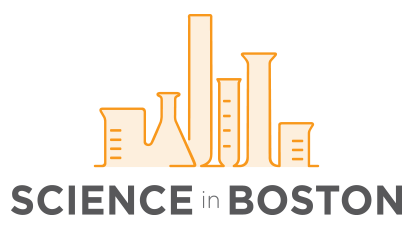This week we profile a recent publication in Science Advances from Sumeet Nayak
(pictured left) and the laboratory of Dr. Sharon Cantor (right) at UMass Medical School.
Can you provide a brief overview of your lab’s current research focus?
In my lab, we focus on understanding the functional basis for the development of hereditary breast/ovarian cancer and the rare genetic disorder Fanconi anemia (FA), which results from mutations in the BRCA-FA genes. Currently, we are working to understand how dysregulated DNA replication due to mutations in the BRCA-FA genes or expression of oncogenes contributes to cellular transformation and how chemo-resistance eventually develops.
What is the significance of the findings in this publication?
Our recent publication reveals how a well described anti-cancer barrier, “the replication stress response,” is overcome in cancer. Because oncogenes activate the replication stress response that arrests or kills cells, it was unclear how oncogenes ultimately cause cancer. Here, we uncover that a key feature of the replication stress response is the induction of toxic single-stranded DNA (ssDNA) gaps, and that fundamental to cancer development is suppression of these gaps. We also identify that cancer cells mitigate oncogene-induced gaps to sustain cell growth by aberrantly activating translesion synthesis (TLS). As such, a small molecule targeting the TLS factor, REV1, induces gaps and disrupts the growth of cancer cells, while non-cancer cells are unaffected. Moreover, the TLS inhibitor synergizes with known anti-cancer agents to more potently kill cancer cells. Collectively, our study places TLS at the center of cancer cell fitness as a unique vulnerability that can be successfully targeted in cancer.
What are the next steps for this research?
Our future goal is to identify and target tumors dependent on TLS. Thus, we are actively working to identify biomarkers that signify TLS–dependent cancers. Given that TLS enables cancers to suppress toxic gaps that otherwise could activate the immune system, we hypothesize that TLS inhibitors will also help turn so called “cold” tumors into “hot” tumors that are recognized by the immune system. Ideally these approaches will provide important new treatment strategies such as in ovarian or pancreatic cancer for which few options currently exist.

